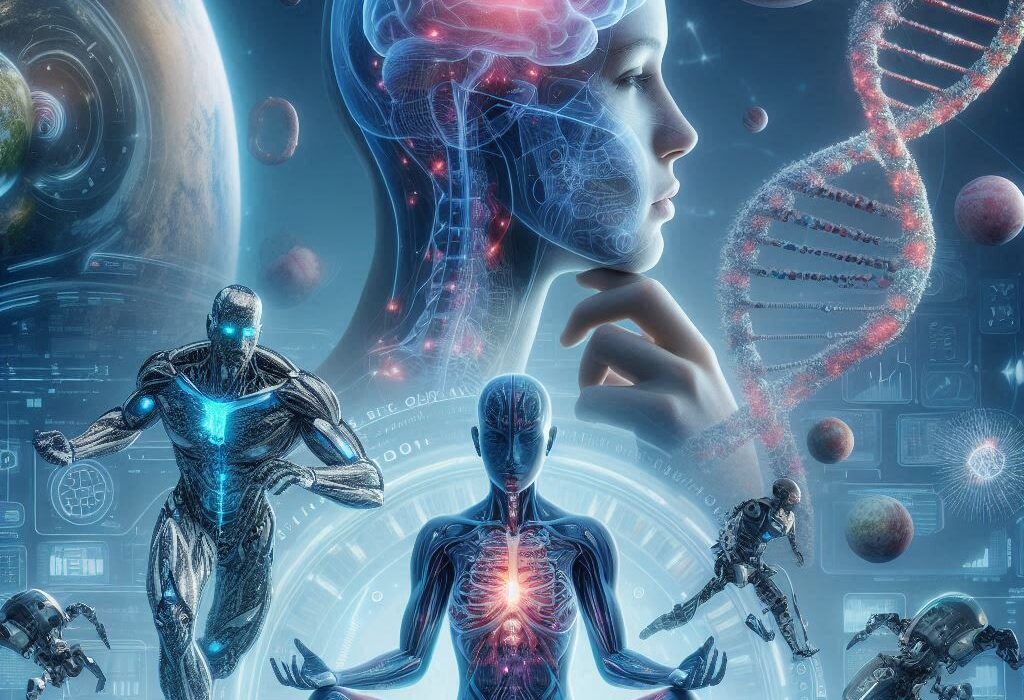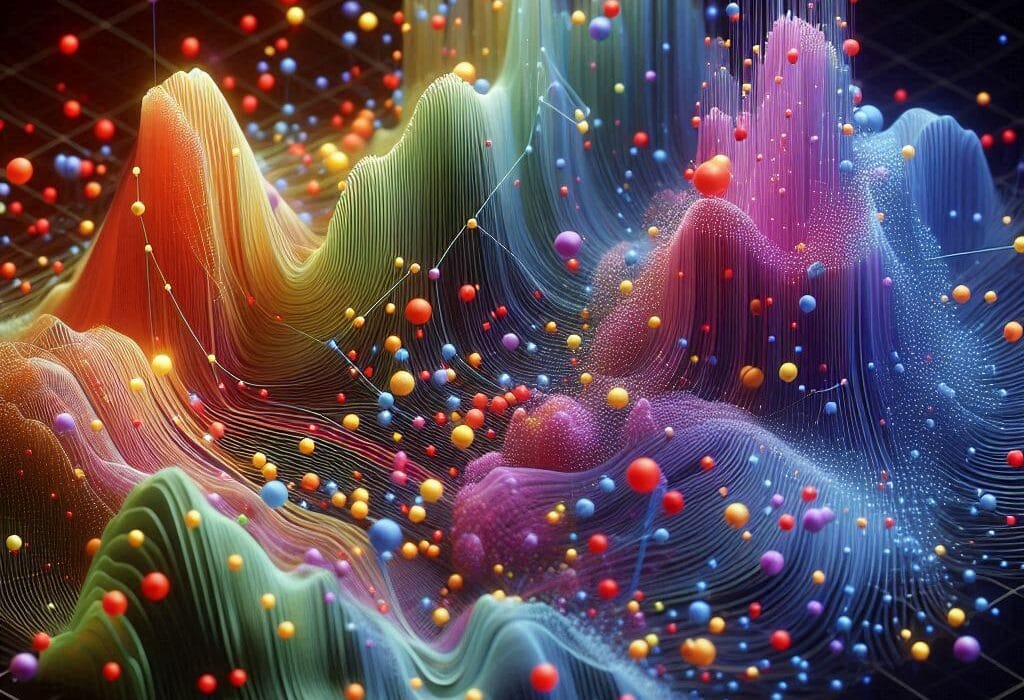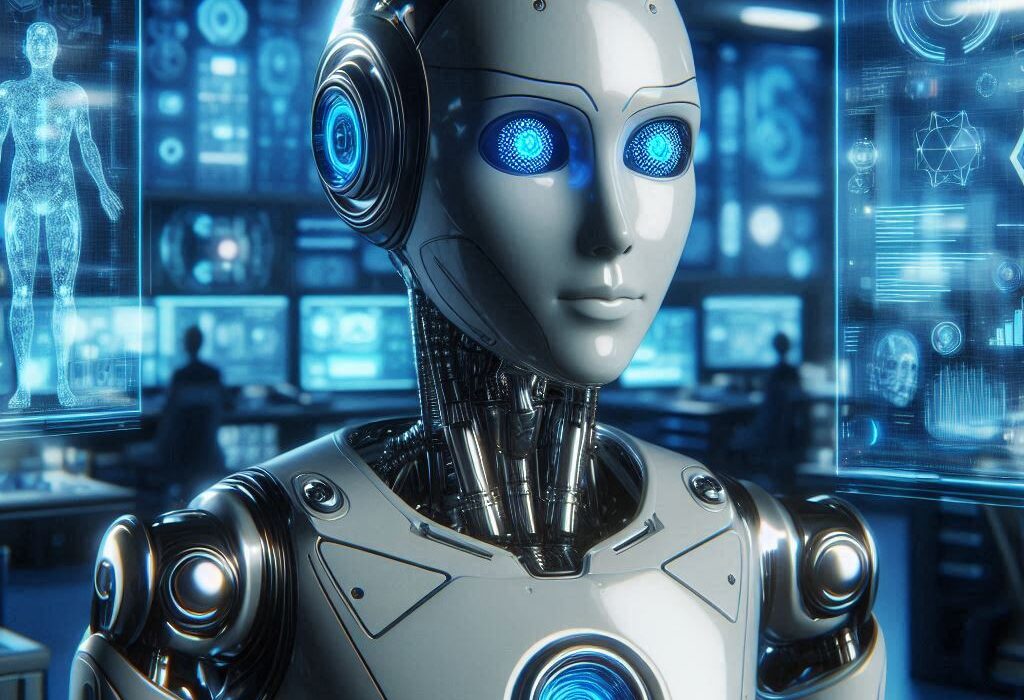In the dark hush of an editing suite in Los Angeles, a young video creator watches a digital face slide into place like a second skin. It’s perfect—the tiny squint of the eyes, the flicker of a smile, the subtle movement of cheek muscles beneath a cascade of hair. She hits play, and there, on the screen, is a Hollywood A-lister saying things he never actually said. The effect is seamless, dazzling, and utterly fake.
A shiver runs through her. It’s not just the thrill of creative power. It’s the unsettling realization that the boundary between reality and illusion has never been thinner.
Welcome to the world of deepfakes—synthetic media so sophisticated that it can fool eyes, ears, and even the deepest instincts of trust we carry as human beings. Born from the confluence of machine learning, artificial intelligence, and creative ambition, deepfakes are both a dazzling frontier and a ticking time bomb.
From silly internet memes to geopolitical threats, from Hollywood magic to potential personal ruin, deepfakes embody humanity’s paradoxical genius: the same technology capable of miraculous art is equally capable of deception, chaos, and harm.
As we hurtle deeper into the 21st century, the shimmering mirage of synthetic media poses an urgent question: In a world where seeing is no longer believing, what happens to truth itself?
A Spark in the Neural Networks
The seeds of deepfakes were sown decades ago. For much of human history, video and audio recordings were considered the gold standard of evidence—a reliable witness that didn’t lie or forget. But the dawn of artificial intelligence changed the game.
In the 2010s, researchers in machine learning began building neural networks that could “learn” patterns in vast datasets. These networks weren’t simply programmed; they taught themselves by analyzing thousands of examples. Faces, voices, expressions—all were reduced to mathematical patterns.
Then came a breakthrough called Generative Adversarial Networks (GANs). Proposed by Ian Goodfellow in 2014, GANs consist of two neural networks locked in a digital duel: one generates fake images, the other tries to detect the fakes. They improve together, pushing each other to new levels of realism.
At first, GANs produced strange, blurred images—a human face with too many eyes, or lips sliding off a cheek. But improvements came fast. By 2017, researchers were creating photorealistic human faces indistinguishable from real people. The technology leapt from research papers into the wild.
The term “deepfake” itself emerged on Reddit in late 2017. An anonymous user, calling himself “deepfakes,” posted adult videos in which the faces of celebrities were seamlessly overlaid onto porn actors’ bodies. It was crude, exploitative, and wildly viral. Overnight, a technological novelty became a social menace.
Yet the genie was out of the bottle. The same techniques that could violate privacy and dignity also offered incredible creative possibilities—from restoring historical figures in documentaries to generating virtual actors for film.
Like many technological revolutions, deepfakes were neither good nor evil. But in the wrong hands, they were undeniably dangerous.
The Face of the New Digital Arms Race
In a small office in Kyiv, Ukraine, in February 2022, as Russian tanks rolled toward the capital, Ukrainian intelligence officers watched a strange video circulating on social media. It appeared to show President Volodymyr Zelensky standing at a podium, wearing his familiar olive drab T-shirt, telling Ukrainian soldiers to lay down their arms and surrender.
The voice was eerily accurate. The gestures were close enough to seem real. But the speech was a fake—a deepfake—intended to break morale and sow confusion. It wasn’t a good deepfake by Hollywood standards. The lighting was off. The lips didn’t perfectly sync. But in the fog of war, even flawed fakes can wield tremendous psychological power.
Governments and security agencies across the world are now acutely aware that deepfakes are a new front in information warfare. Whether it’s propaganda videos, phony presidential speeches, or fake news interviews, synthetic media can erode trust, manipulate voters, or destabilize entire regions.
Researchers warn that deepfakes could be used for blackmail, creating false evidence of politicians, CEOs, judges, or journalists engaging in criminal or compromising acts. Imagine a faked video of a candidate confessing to accepting bribes—released days before an election. Even if debunked, the damage might already be done.
In 2019, the U.S. House of Representatives held hearings on deepfakes. Lawmakers, many of them older and less technologically inclined, seemed stunned as experts showed them examples of forged videos. The fear was palpable: how can democracy survive in a world where truth can be manufactured at will?
And yet, this is only the beginning. As AI models grow more powerful and widely accessible, the barriers to creating sophisticated deepfakes keep dropping.
The Bedroom Betrayals
For all the headlines about politics and warfare, it’s ordinary people—particularly women—who suffer some of the deepest wounds from deepfakes.
In countless private moments, women discover their faces inserted into pornographic videos circulating online. They’ve never posed for such images. They’ve never consented. Yet strangers—or malicious acquaintances—use cheap apps to graft their features onto explicit footage.
For victims, the consequences are devastating: lost jobs, shattered relationships, relentless online harassment. Even when the videos are proven fake, the stain lingers. A Google search of their name may forever be tainted with pornographic results.
In one chilling case, a woman in South Korea discovered hundreds of fake porn videos featuring her face. They were generated by an ex-boyfriend and distributed across multiple websites. Despite her protests, platforms were slow to remove them, and the legal system offered little recourse.
A 2021 study by Deeptrace Labs found that 96% of deepfake videos online were pornographic, overwhelmingly targeting women without their consent. It’s a grim truth: the dark underbelly of deepfake technology is sexual exploitation.
Lawmakers are scrambling to catch up. Several countries have passed laws criminalizing the creation and distribution of non-consensual deepfake pornography. But enforcement remains patchy. The internet’s global reach means videos can be posted anonymously on foreign servers, beyond the reach of local laws.
For many victims, the sense of violation is total. One survivor described it as “digital rape,” a term that captures the profound psychological harm inflicted by a crime that leaves no physical scars but wounds the soul.
Hollywood’s Digital Doppelgängers
Yet the same technology causing personal horror also fuels creative wonder. Nowhere is this duality more visible than in the entertainment industry.
Hollywood has long been obsessed with illusions. For decades, visual effects artists have used CGI to create aliens, monsters, and breathtaking landscapes. But deepfake-style techniques are taking cinematic trickery into uncharted territory.
Consider the 2016 film Rogue One: A Star Wars Story. The filmmakers resurrected the late Peter Cushing, who played Grand Moff Tarkin in the original 1977 Star Wars. Using a digital double and advanced facial mapping, they recreated his likeness for new scenes. The result was a technical marvel—but some viewers found the digital Tarkin eerie, trapped in the uncanny valley between human and simulation.
Then there’s the de-aging trend. Martin Scorsese’s The Irishman transformed Robert De Niro, Al Pacino, and Joe Pesci into younger versions of themselves. The technology blended traditional CGI with neural networks that studied old footage to map youthful features onto aging actors.
In 2020, deepfake artist Shamook uploaded a video “fixing” some of the de-aging in The Irishman and garnered millions of views. Lucasfilm took notice and hired him. It’s a striking sign that the line between amateur deepfake artists and professional Hollywood studios is blurring.
Even musicians are exploring synthetic media. The virtual pop star Hatsune Miku, a digital avatar created in Japan, sells out concerts where she performs holographic shows. Meanwhile, researchers have used AI to mimic the voices of dead singers, creating “new” songs in the style of Elvis, Frank Sinatra, or Amy Winehouse.
Yet as dazzling as these feats are, they raise uncomfortable questions. Who owns the likeness of a deceased actor? Should an artist’s face or voice be digitally resurrected without consent? Is it ethical to put words into the mouths of those who can no longer speak for themselves?
The entertainment industry stands at a crossroads: deepfakes can unlock boundless creative possibilities, but they also threaten to commodify human identity itself.
The Tools of Tomorrow in Every Pocket
Perhaps the most unnerving aspect of deepfakes is their growing accessibility. A decade ago, creating a convincing face-swap required specialized skills, powerful computers, and costly software. Today, free mobile apps can generate face-swapped videos in minutes.
Platforms like Reface, FaceApp, and Zao let users put their faces into scenes from movies or music videos. While most of these apps are designed for harmless fun, they demonstrate how easy it is to generate synthetic media.
Meanwhile, open-source deepfake tools like DeepFaceLab and FaceSwap are freely available, complete with tutorials. Once the realm of elite researchers, these technologies are now in the hands of hobbyists and pranksters worldwide.
AI voice cloning is also advancing at breakneck speed. Startups like ElevenLabs can synthesize human voices with uncanny realism from just a few seconds of audio. The result? Perfectly natural speech in any language, any style, in the voice of anyone.
The barriers keep falling. You no longer need advanced coding skills to make a deepfake. You just need curiosity—and sometimes a malicious impulse.
The Battle to Detect the Undetectable
As deepfakes grow more sophisticated, so too do efforts to detect them. It’s a technological arms race where each advance spawns new defenses—and new attacks.
Companies like Microsoft, Adobe, and startups like Sensity AI are developing tools to analyze videos for telltale signs of manipulation: inconsistencies in eye blinking, unnatural skin textures, or pixel-level artifacts invisible to the human eye.
Researchers are also embedding digital watermarks into genuine media, creating unique “fingerprints” that can prove authenticity. The Coalition for Content Provenance and Authenticity (C2PA), a partnership between tech giants and news organizations, aims to track the origin of digital content through secure metadata.
Yet even as these defenses grow more sophisticated, deepfake technology evolves to circumvent them. GANs are getting better at hiding their tracks, erasing the very clues detectors rely upon. Some experts worry we may be approaching an era of “perfect fakes,” indistinguishable from reality.
The fight is existential. It’s not just about technology—it’s about preserving the possibility of trust in a digital world.
The Philosophical Abyss
Beyond the technical battles, deepfakes force us to confront profound philosophical questions about identity, consent, and truth.
What does it mean to “own” your face, your voice, your image? Is your likeness yours alone, or a commodity others can remix at will? In an age where anyone can simulate your appearance or speech, how do you prove you are who you claim to be?
These questions are not abstract. Courts, governments, and companies are already grappling with them. Who holds the rights to the digital persona of a deceased actor? Can a political leader sue over a fake video that damages their reputation, even if labeled as satire?
Deepfakes also undermine our shared reality. For centuries, human societies have depended on certain “anchors of truth.” Photos and videos were evidence. Eyewitness accounts mattered. Now, those anchors are eroding.
Some scholars warn of an impending “liar’s dividend”: a world where the mere existence of deepfakes allows real criminals or corrupt officials to dismiss authentic videos as fakes. If every piece of evidence can be called into doubt, how does justice survive?
It’s an abyss staring back at us—a collapse of the very notion of reality as a shared experience.
The Promise Beyond the Fear
Yet to frame deepfakes only as a technological scourge would be to ignore their extraordinary potential for good.
Researchers are using synthetic media to train AI models without relying on real personal data, enhancing privacy. Doctors are exploring deepfake voices to help patients with speech impairments regain the ability to “speak” in their own voices.
Historians and educators are crafting virtual museums where visitors can “meet” figures like Martin Luther King Jr. or Marie Curie, speaking in their own likenesses. The potential for cultural preservation and immersive learning is immense.
In law enforcement, synthetic voices are helping recreate criminal scenarios for training without exposing victims or witnesses to trauma. Mental health professionals are experimenting with deepfake avatars to treat phobias or PTSD.
Artists, too, are pushing deepfakes into new realms. Digital creators are making virtual influencers, fictional characters with millions of followers, blurring the line between reality and performance art.
Like many powerful technologies, deepfakes are not inherently evil. They are a tool—a mirror reflecting both our darkest impulses and our boundless creativity.
A New Literacy for a Synthetic Age
As we stand on the brink of the synthetic media era, one truth emerges: we need a new kind of literacy. Just as past generations learned to read books and analyze photographs, we must learn to interrogate video and audio, to question what we see and hear.
This doesn’t mean retreating into cynicism or paranoia. It means developing a healthy skepticism, asking: Where did this come from? Who created it? What evidence supports it?
Journalists, educators, and technologists must help society navigate this uncertain terrain. Schools may soon teach children how to spot deepfakes, much as they teach critical reading skills today.
Ultimately, the fight against deepfake misuse will not be won solely through technology. It will require laws, ethics, education, and, above all, a renewed commitment to truth.
The Human Thread
Even amid the swirl of synthetic faces and voices, there remains one constant: our humanity.
Deepfakes provoke fear because they strike at what makes us human—our trust in each other’s words and images, our sense of identity, our capacity to discern reality. But they also remind us of our extraordinary creativity, our desire to tell stories, and our endless fascination with illusions.
The same species that painted on cave walls to simulate the hunt has now built machines that can recreate anyone’s face and voice. This is the eternal paradox of technology: it amplifies both our angels and our demons.
Whether deepfakes become a tool for enlightenment or a weapon of chaos will depend on choices we make in the years ahead. Lawmakers, technologists, artists, and ordinary citizens all share the burden—and the opportunity.
As the young creator in Los Angeles hits play on her deepfake video, she knows she’s glimpsing the future. It’s dazzling. It’s terrifying. It’s inevitable.
And somewhere, just beyond the flicker of pixels, lies the enduring human question: What, in the end, is real?






